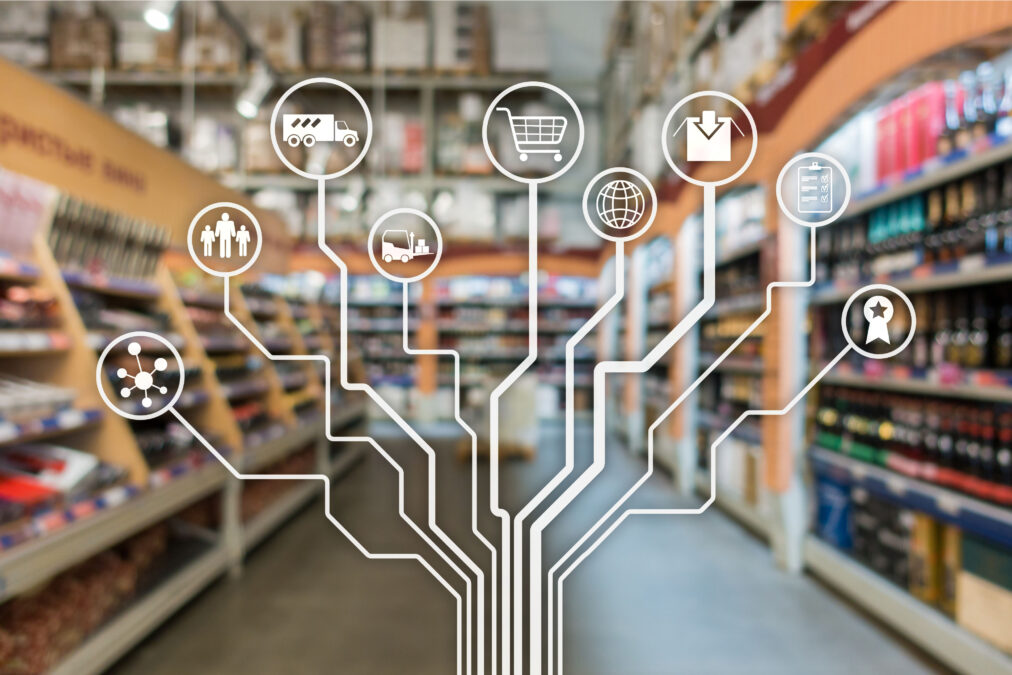Too often today, retail stores are caught between two damaging extremes that can reduce revenue or poison customer experience: out-of-stock situations and waste. Without better customer insights and data, and with so little room for error, either of these extremes can spell an end to profitability for a retailer. But before retailers can avoid these extremes, however, they must deal with the increasing complexity caused by shifting customer demand. Customers now come to expect a personalised experience whenever and wherever they buy, and that expectation can’t be satisfied by the traditional statistical methods retailers have applied to projecting demand and setting pricing.
The retailers who’ve adopted those traditional methods have benefited from improved forecasts at aggregate levels, the limits of those “tried and true” statistical methods mean that retailers still have difficulty making day-to-day customer demand predictions. As a result, it’s common to see retail decision-makers basing key planning decisions on what could be stale data, or on their own gut instincts — even for decisions like how much of a product to order, or what price points to set in a particular market.
Overcoming hurdles
Going forward, the use of consumer data to inform decisions will become increasingly complex, with consumers now somewhat hesitant about how their personal data is being used. In fact, research by JDA and Centiro found that 75% of global consumers are concerned about how their personal data is being used by retailers.
Seven steps to a successful AI implementation
In 2019, it will no longer be possible for retailers to rely on gut instinct, siloed planning processes or disconnected planning and pricing methods. To create the right assortments, maintain the right inventory levels and set the right price for each market, retailers must think more like customers — and adopt the agility and benefits that can be gained through collaboration with a proven technology partner. Retailers must also find a way to convince customers to share their data and preferences – not just by creating a valuable incentive to do so, but by helping them understand how that data will be kept secure. This will go a long way in building trust and loyalty with the retailer.
Acting on data-driven insights
In 2019, AI and ML technologies in retail will transcend human computational intelligence. We will see agile, SaaS-delivered solutions that move away from simple competitive and rule-based pricing. Retailers will turn to technology to optimise their forecasts and pricing. They will leverage the predictive capabilities that come from combining historical sales data with external data signals they capture through edge technologies, such as Internet-of-Things sensors (IoT) or via strategic partnerships that provide demand-shaping signals, such as weather or events data. Here’s one possible scenario: if bad weather stops a shipment, supply chain managers can know where the cargo has stopped and how much of a delay they will face. But imagine also being able to answer these questions: what is every possible transit alternative, and at how much added cost? How will expediting some deliveries during the storm disrupt the rest of the supply chain when it comes to completing production or delivering online orders?
European Investment is pitiful says Yanis Varoufakis in AI warning
Predicting the future
These new analytical insights will unlock the ability to predict real-time demand down to the lowest level of SKU or location by taking hundreds of internal and external signals into account. Retailers will be able to benefit from exception-based management while delivering a hyper-personalised experience to their customers. These technologies are already available on the market today.
In the year ahead, we’ll see wider adoption of such solutions, with greater ability to predict and measure interactions between price and demand changes, then prescriptively and automatically set the revenue-maximising and profit-maximising prices for each stage in a product’s life cycle. Expect 2019 to be the year that we start thinking less of retail AI and ML as “future tech” and see the benefits it has for retail in the here-and-now.
Writtten by JoAnn Martin, VP Retail Strategy at JDA
AI disruption could leave Europe looking like has-beens










